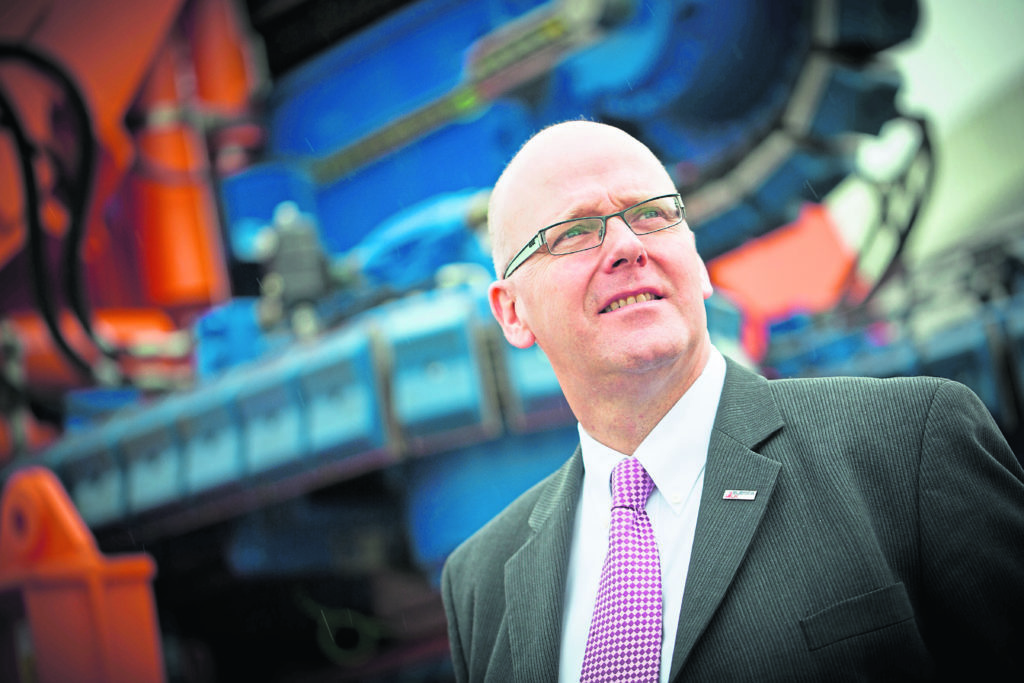
The last two years of recovery have been tough, made all the worse by some “catastrophic” failures as the subsea industry sought to restructure and downsize to suit trading conditions.
But some smaller firms with specialist technologies in inspection, repair and maintenance have been very busy, Subsea UK chief executive Neil Gordon said.
“Things have picked up quite dramatically for them,” Mr Gordon said. “My concern now is that things could get very busy to the end of this year.
“But will there be enough people to drive things forward, bearing in mind that a lot of jobs were lost during the latest downturn?”
Mr Gordon warned that market conditions are still very tight. An oil price of $60-70 is seen as the sweet spot to enable offshore development to go ahead.
Operators are starting to spend again having benefited from the recent oil price run to $80-plus, and that is fuelling greater confidence.
Then came the rapid drop back to around $50 in the fourth quarter, followed by an uplift to around $60.
“I don’t have a crystal ball but investment is not based on day-to-day pricing of oil, but on long-term futures,” said Mr Gordon.
“The margins on projects tend to be very tight. Hopefully conditions will go on improving and further efficiency gains will be won.
“But this can’t just be about driving down costs. It has to be about being smarter, more efficient and innovative.”
But how well placed is the subsea sector to play its part, considering the beating it has taken since 2014?
Has the emergence of offshore wind helped?
“For some time, we have been encouraging subsea firms to become more diverse,” Mr Gordon said. “That’s key. The offshore industry has experienced several downturns but the one just past was probably the biggest and harshest of all.”
But while there have been and remain various initiatives to help the recovery, Mr Gordon said the toughest remaining challenge is cultural, with behavioural changes still needed to enable effective relationships between operators and suppliers.
“There have been pockets of change but it’s not universal,” Mr Gordon said. “There are champions out there who are trying to do things differently. Indeed, there are good examples of how effective change can be brought about through early engagement between operators and their contractors.”
Some of these will be highlighted at this year’s Subsea Expo in Aberdeen.
Mr Gordon said: “Many in the industry have been through prior downturns. But have they learned from them? Not always. However, this lower for longer, or forever, downturn has had a real impact. Companies are probably a lot wiser this time.”
Mr Gordon agreed that further factors are now at play that are making operators more careful with supply chain relationships. The most powerful is offshore wind, which has been a godsend for many small firms since the oil price crashed in 2014 and famine set in.
Recommended for you
